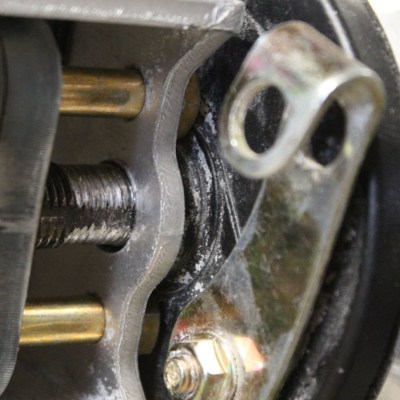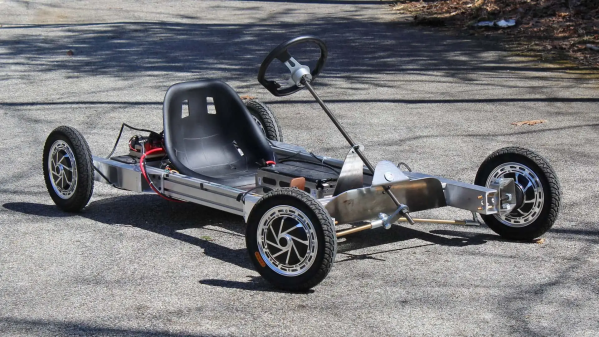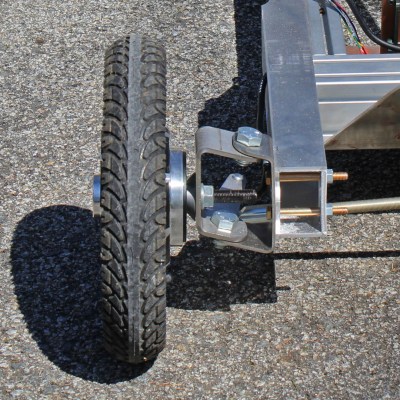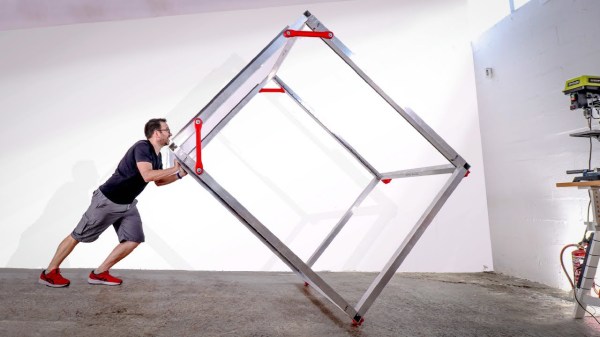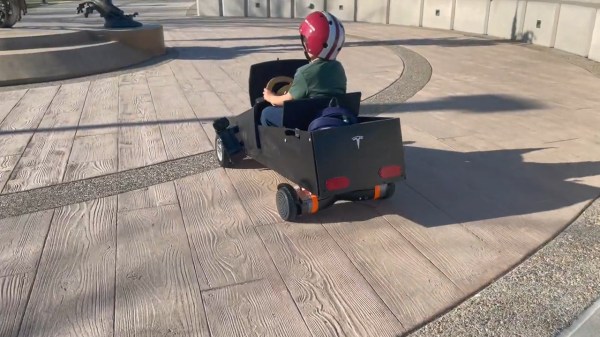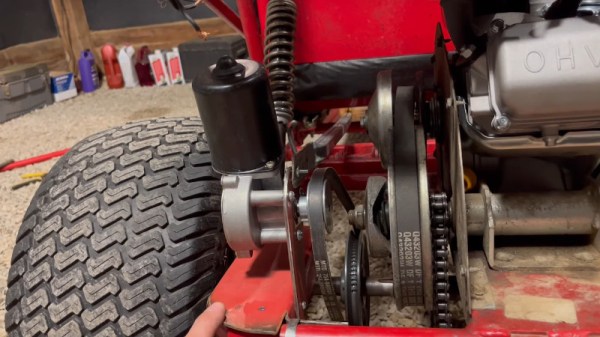If you don’t count the high center of gravity, the weight limit, the weak chassis, or the small size, a standard shopping cart is an almost ideal platform for building a fun drifting kart. At least, that was [Garage Avenger]’s thought process when he started this build to turn a shopping cart into the ultimate drift vehicle.
The first thing on the list was to solve the issues with the high center of gravity and the fact that he couldn’t fit in the cart easily. Chopping out the back of the basket as well as everything beneath it solved both of these problems. From there a custom chassis could be fabricated from square steel tubing which includes a lever system which controls the rake of the caster wheels and thus their driftability. The power train and battery system for this build comes from a 2400 W electric scooter with a few modifications made to get it to fit on the new chassis.
After a test drive of the original prototype, a few modifications were made including using smaller caster wheels in the back, the addition of a spring to make the lever action for the rear wheels easier to engage, some front casters for stability, and a seat a little more substantial than the metal mesh of the cart. With all the electronics put into the cart, he’s ready to drift off into the sunset. This isn’t his first crazy vehicle, either. When winter rolls around you’ll find him getting around in a jet-powered sled instead.
Continue reading “This Modded Shopping Cart Probably Isn’t Street Legal”



